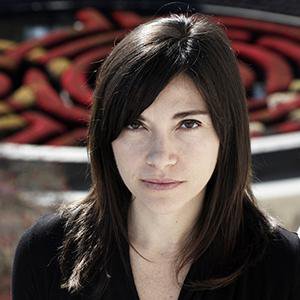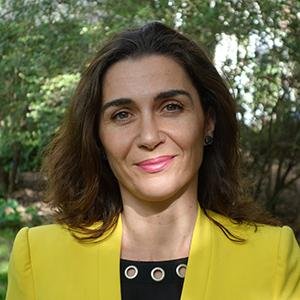VAC1: Topics in Architectural History
About
This working group explores key themes in the study of global architecture.
Closed Group of Collaborators
Inactive since: 2022
- Syracuse University
- Cornell University
- University of Rochester
Collaborative Goals
Over the years, we met our goal by giving podium to doctoral students and scholars who work on underrepresented topics; by acknowledging the work of scholars and artists at risk whose careers had been taken away from them by dictatorial regimes; and by disseminating public history on current events such as the reconversion of Hagia Sophia into a mosque—a digital event which attracted more than 4000 participants.
Group Organizers


Esra Akcan
Professor; Michael A. McCarthy Professor of Architectural Theory, Department of Architecture, Cornell University


Peter Christensen
Ani and Mark Gabrellian Director of the Humanities Center; Professor of Art History, University of Rochester
Activities
Lines of Property
May 5, 2023, 9 a.m.
Empire’s Province Into National City: Architecture and the Dissolution of the Ottoman Empire
March 14, 2022, 6 p.m.
VAC1 Fall Event
Dec. 31, 2021, 11 p.m.
Group Outcomes
The edited volume TK, expanded networks, and new scholarly partnerships.